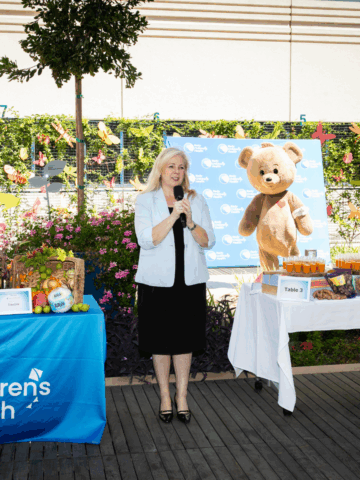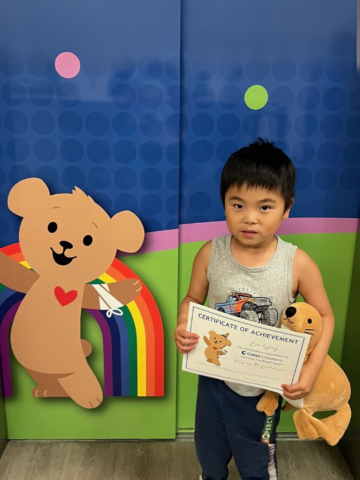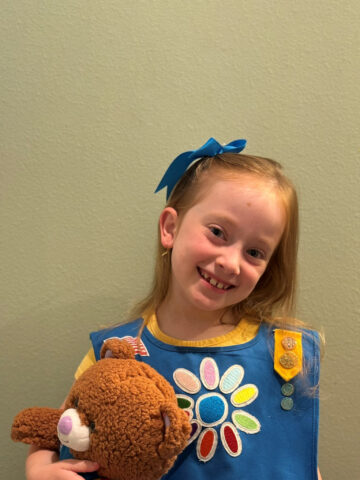At every pediatrician’s appointment, Christine Egan dreaded putting her daughter, Layla, on the scale.
“I knew her little growth curve. She was below the 0 percent growth curve every single time,” Christine recalled.
Because of a combination of failure to thrive, gastroenteritis and food allergies, Layla received a feeding tube at age 15 months.
The tube helped her get the nutrients she needed and she’d pick up on growth. With a handle on the other underlying issues, the family would begin feeding therapy. But try as they might, the Egans could never reach a place where life without a feeding tube seemed within grasp.
“Other parents think they understand but they don’t,” Christine said. “Picky eaters don’t eat as much or as much of the variety as you’d like them to, but they’re still growing. Layla would eat some things, and it wasn’t a bad variety, but it was two or three bites and say she was done. There was nothing you could do to get her to eat more.”
Finally, when Layla was 5, the family turned to CHOC multidisciplinary feeding program. In January 2013, Christine and Layla traveled from Sioux Falls, S.D., to Orange, Calif., to undergo an intensive 19-day program where Layla would learn how to eat and Christine would learn how to support her.
The program was a success, and about six months after returning home from CHOC, Layla’s feeding tube was removed. Life has since changed dramatically for the Egans.
“The biggest thing was when we could just have a meal and there was no drama. We finally had the kind of meals that we take for granted now,” Christine said. “Before, there would be constant drama. With three meals a day plus two or three snacks, it was five or six battles a day.”
Today, Layla is 9 years old and enjoying fourth grade. She’s doing well and enjoying food, and Christine no longer worries about how much she’s eating.
“She’s going to eat what she needs, and some days it’ll be more and some days less,” she says. “And at dinner time, we can sit down as a family. It’s so simple.”





